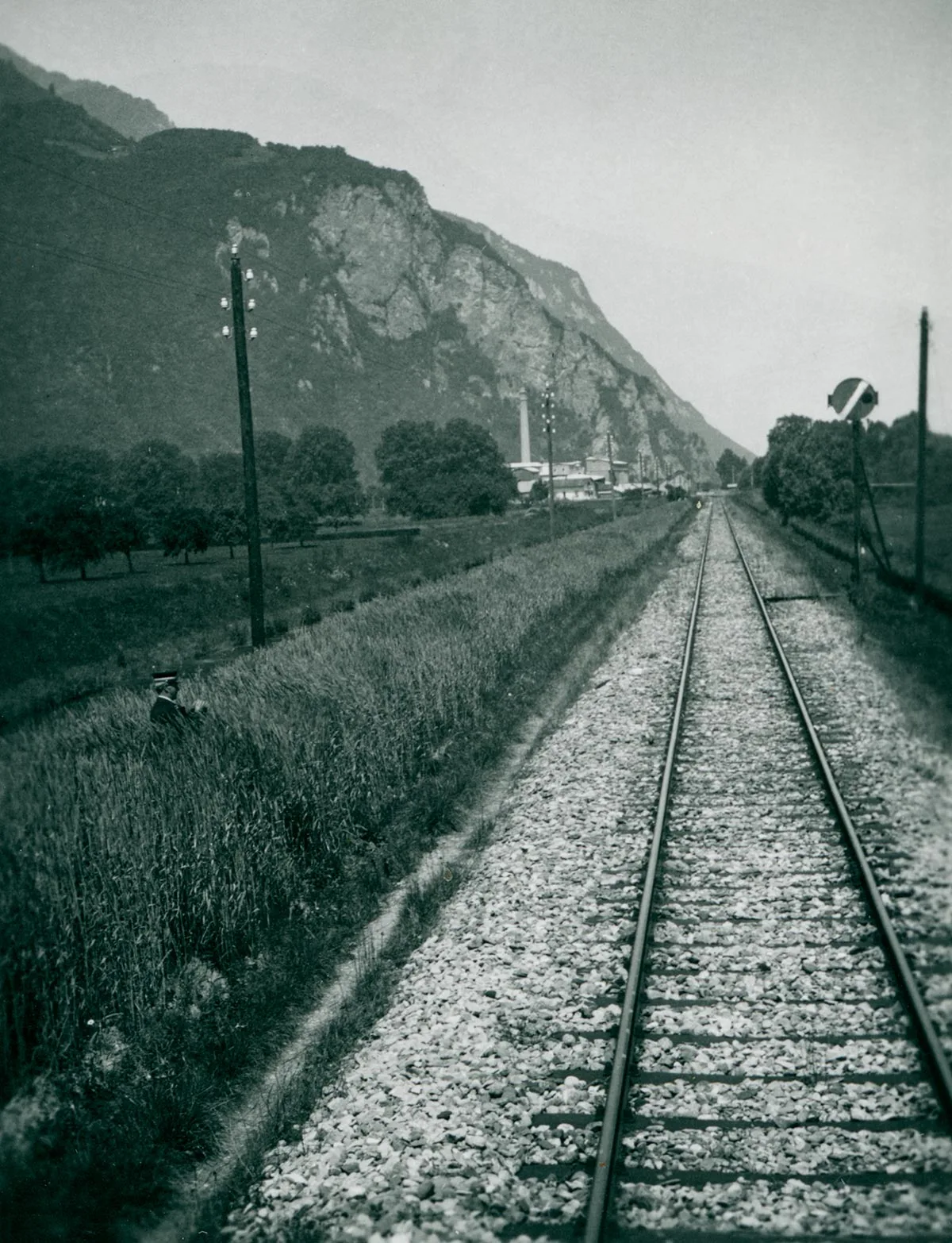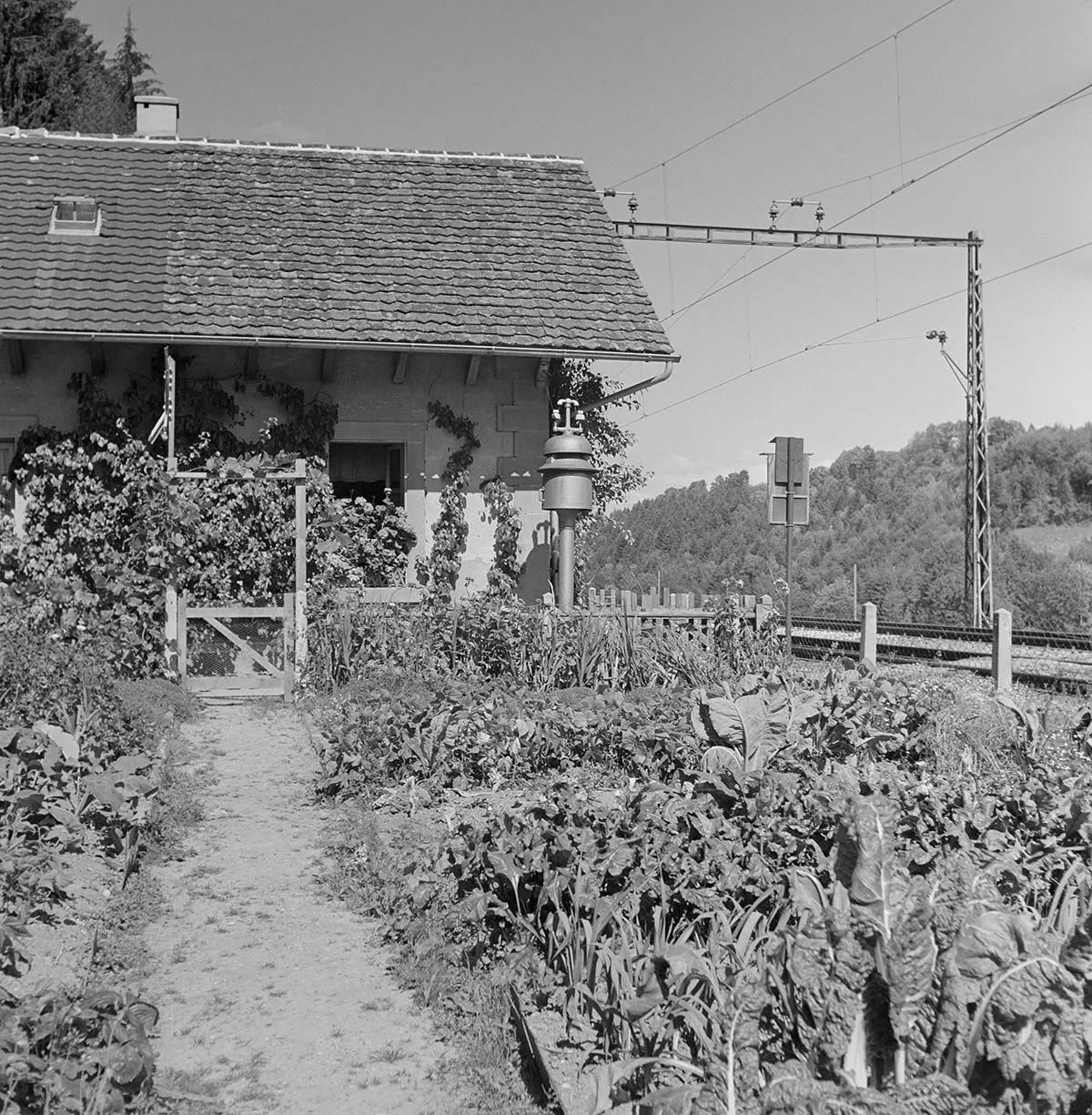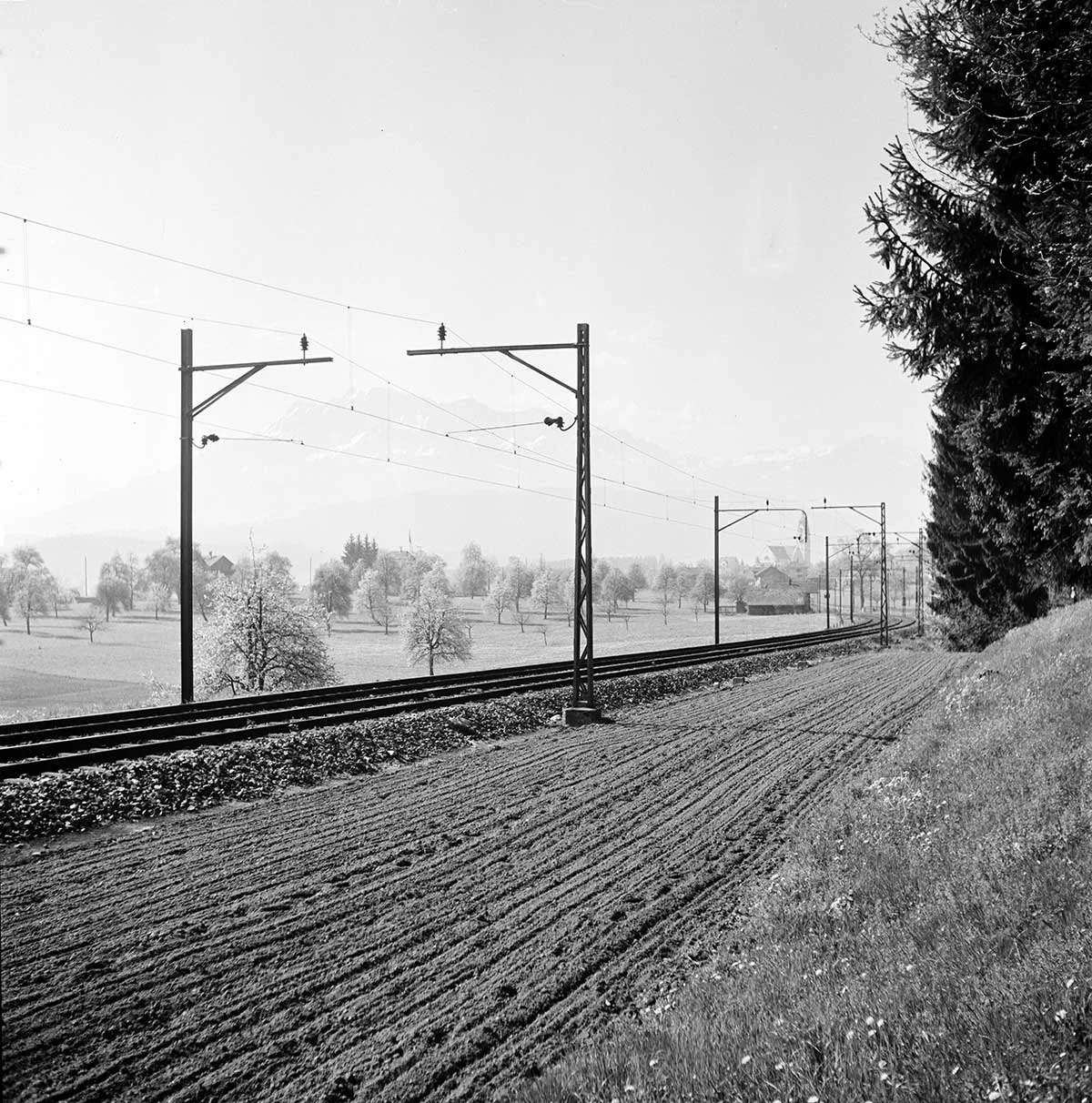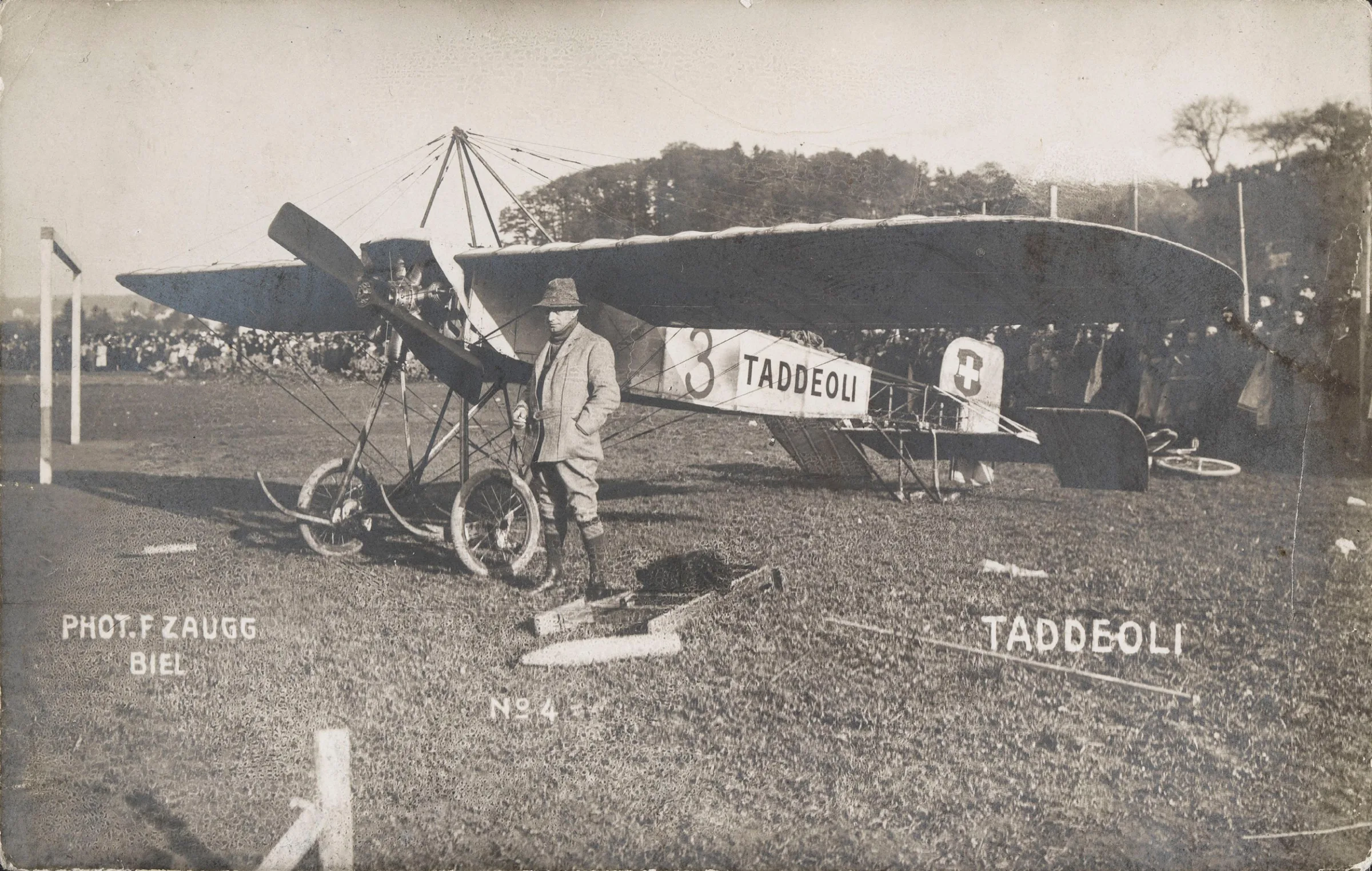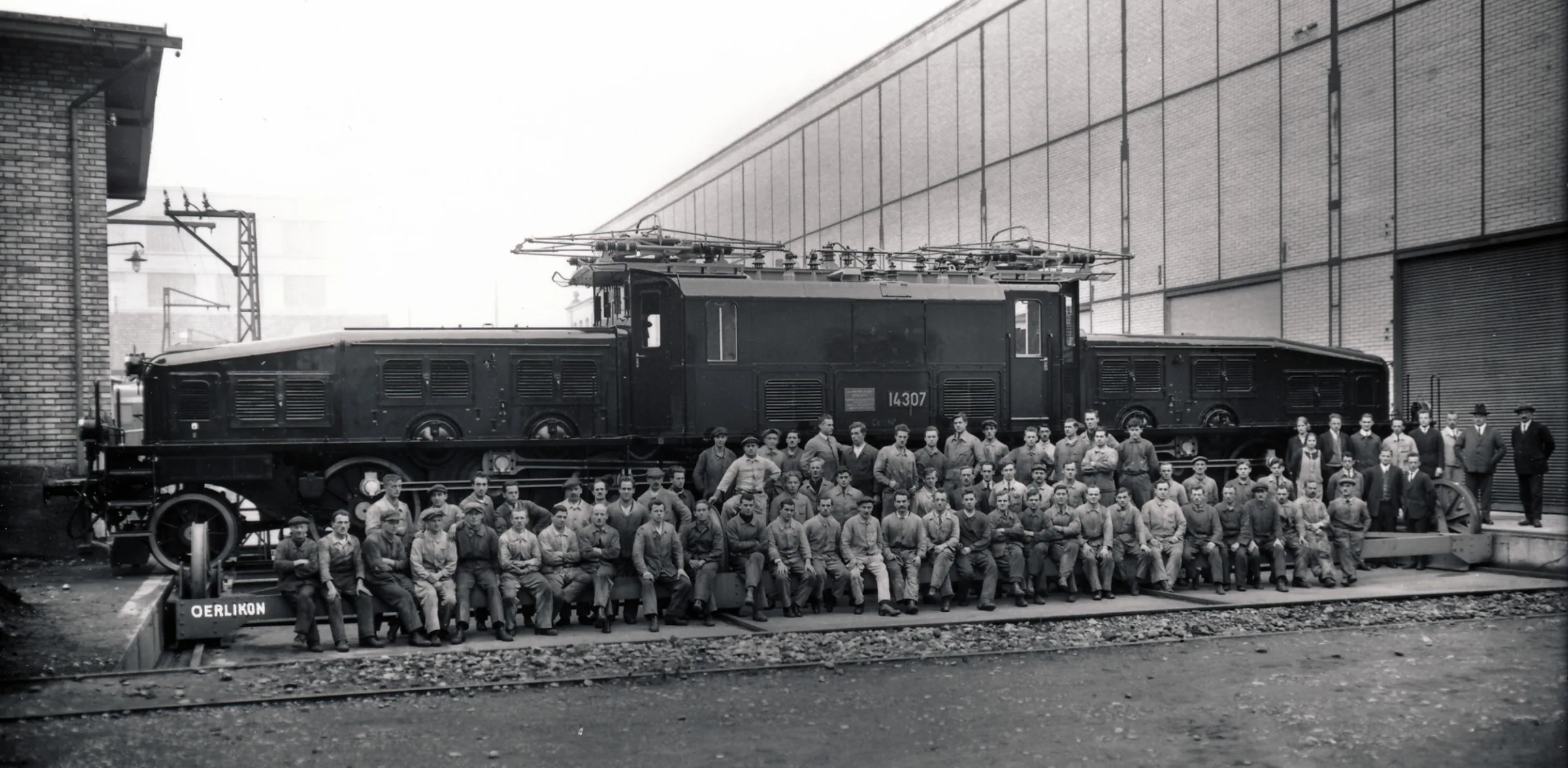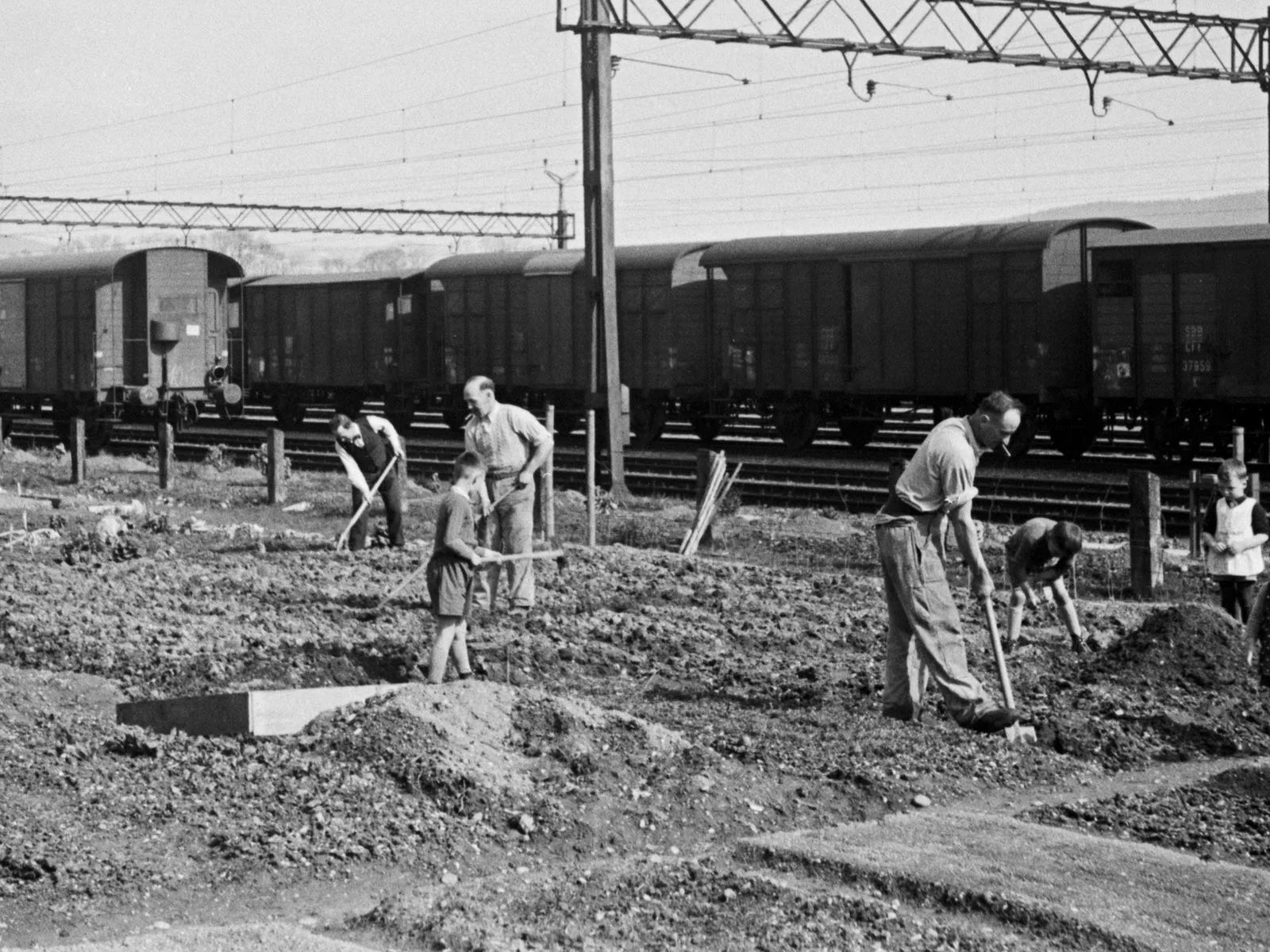
The Swiss railways and food security
During the Second World War, there was a massive expansion in land used for agriculture in Switzerland to counter food shortages and difficulties with importing. Land that had been allocated for railway line construction was used instead for growing potatoes during the war years.
The Anbauschlacht was launched in November 1940 under the Wahlen Plan. The plan was named after agriculture expert and post-war Federal Councillor Friedrich Traugott Wahlen and aimed to make Switzerland self-sufficient in food production during the Second World War by massively expanding the area of arable land. This was to be achieved by converting grassland to fields, clearance and soil improvement.

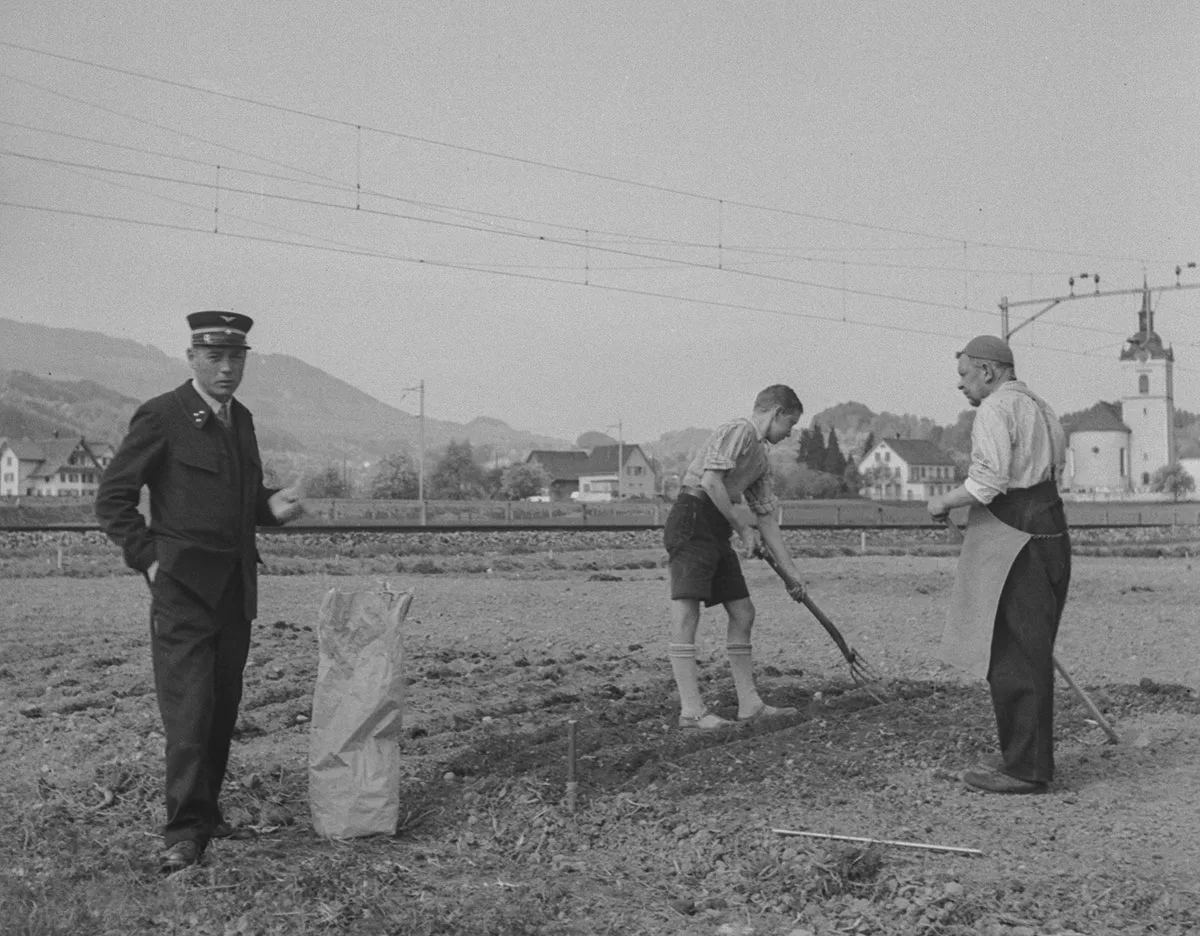
Demand for agricultural land was especially high in urban areas and former storage areas for tracks and sleepers were converted into arable land for cultivating crops. Difficulties with importing during the war meant less storage space was needed.
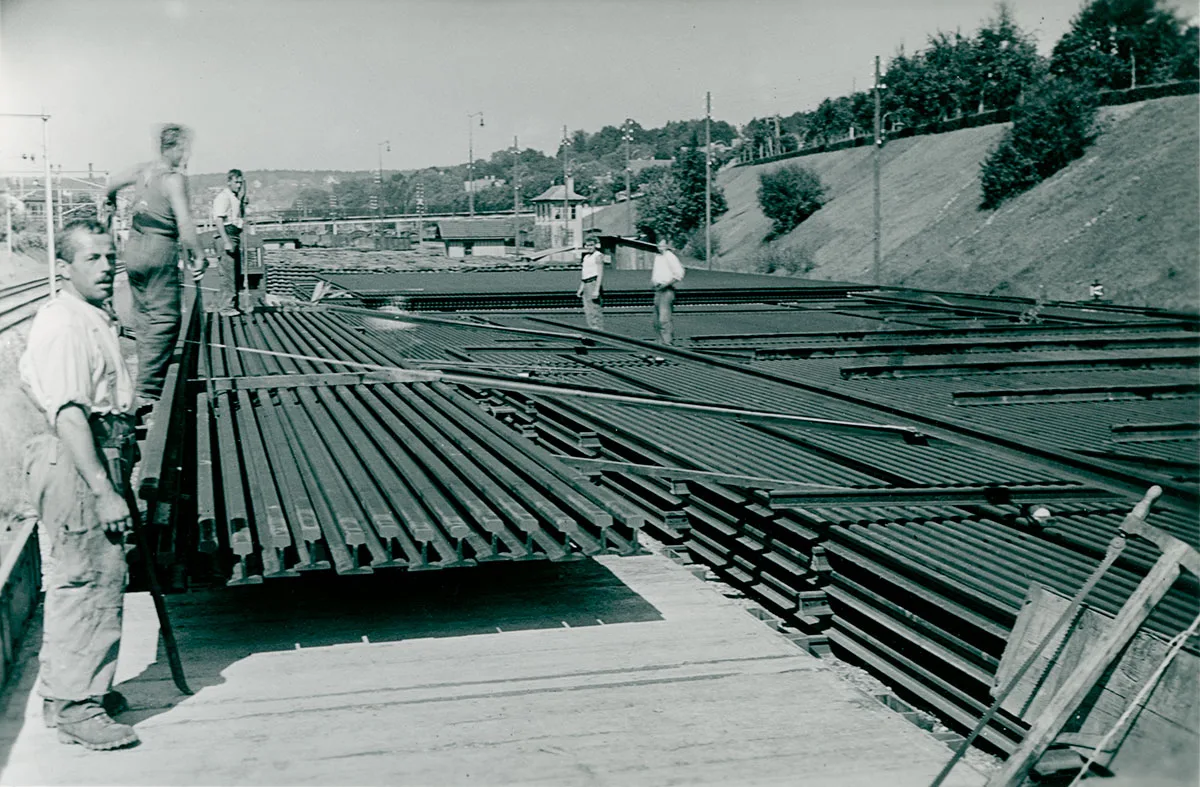
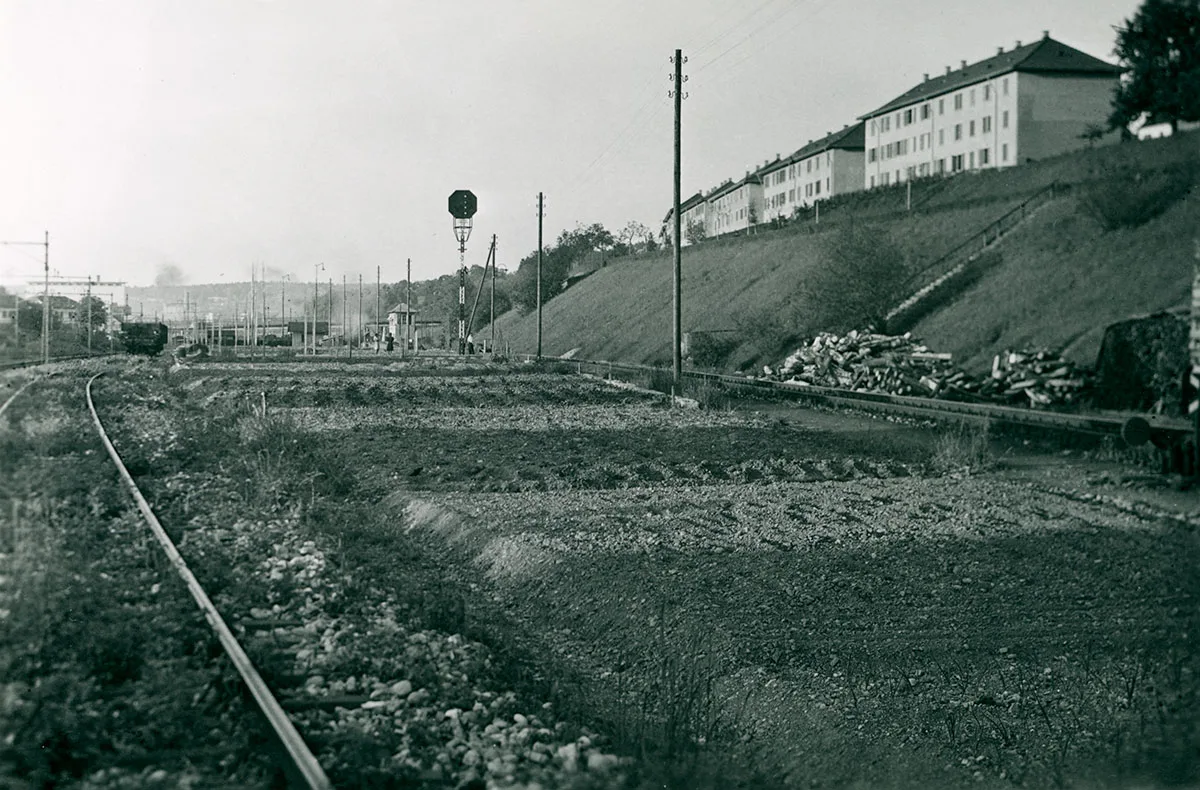
Potatoes and vegetables were the main crops on the new arable land, plus corn or grain when the climate was suitable. Basket willow was also cultivated for industrial requirements. Hazelnut trees, on the other hand, proved problematic: thieves kept stealing the nuts, so people stopped planting them.
